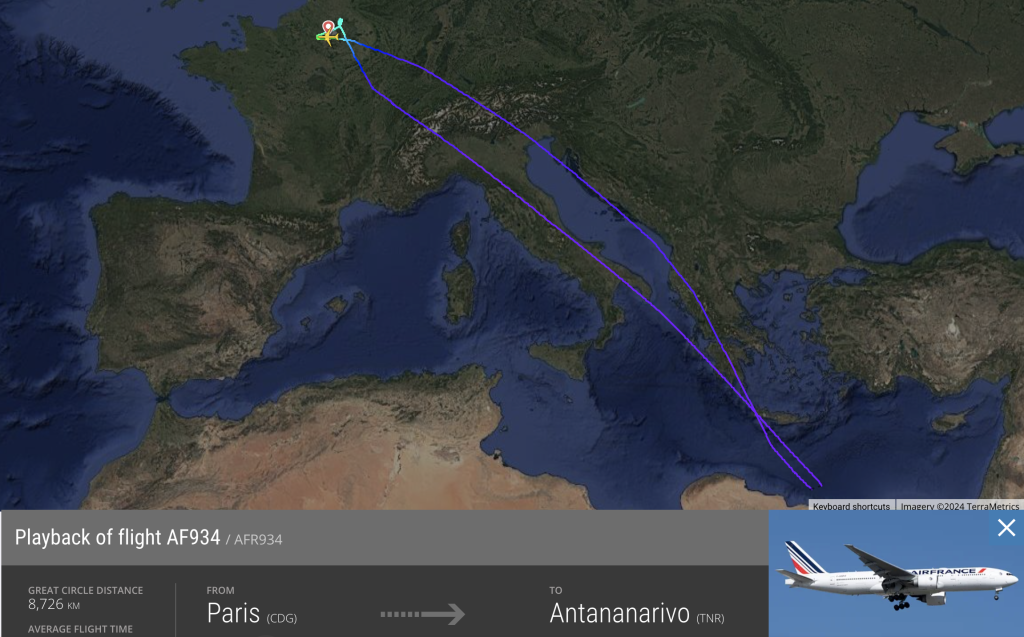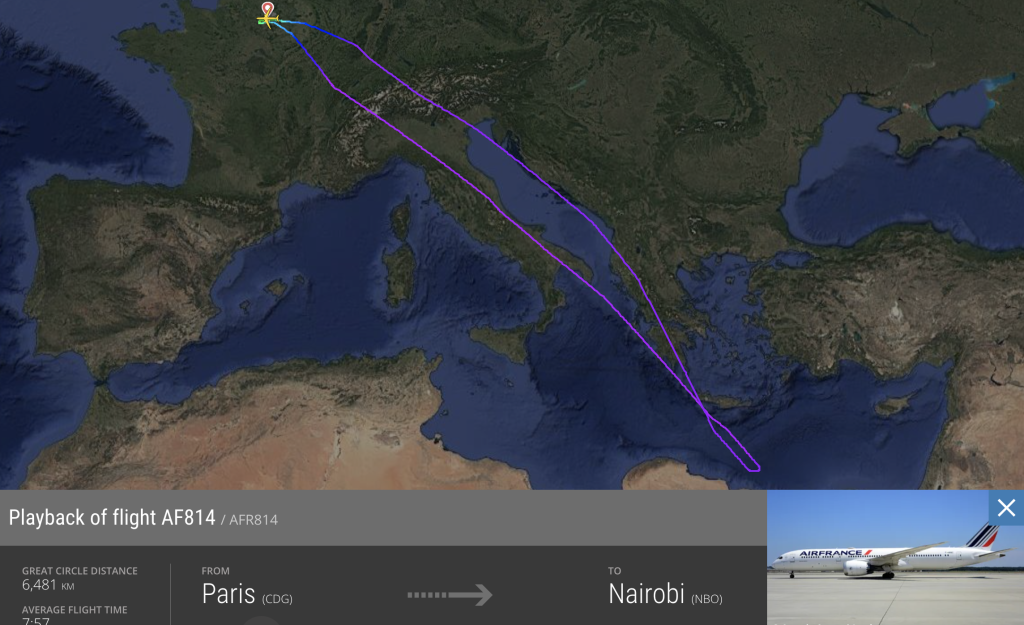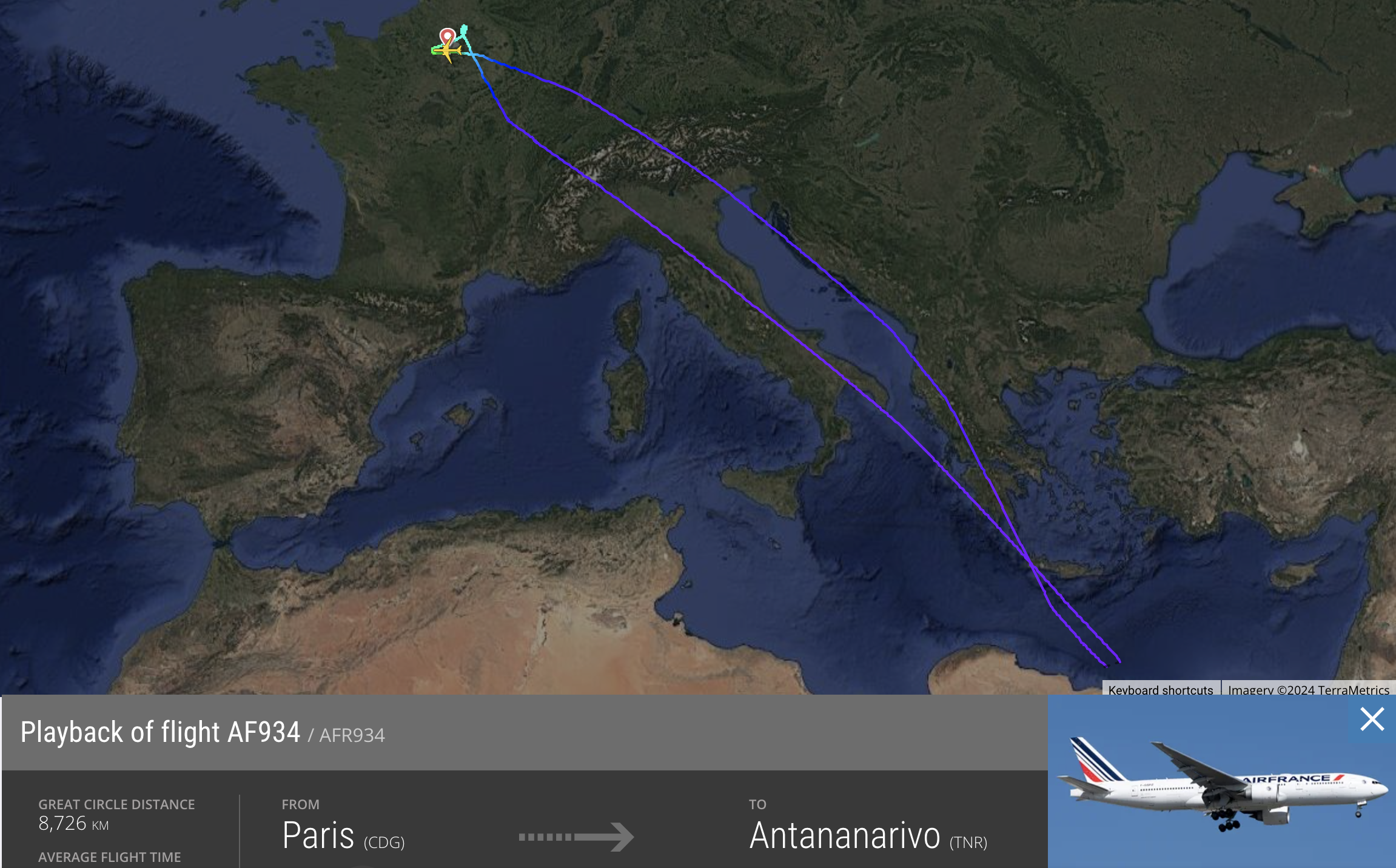Airlines Adjust Flight Routes in Response to Security Risks Over the Red Sea and Beyond
In recent weeks, heightened security concerns over the Red Sea and surrounding regions have prompted airlines to reevaluate their flight paths. Notably, Air France recently rerouted flights due to sightings of “luminous objects” over the Red Sea, a decision that echoes similar precautionary measures taken by other airlines across the Middle East. Here’s an overview of the incidents that have led to these adjustments, along with insights into how airlines manage and mitigate security risks in volatile regions.
1. Recent Incidents Over the Red Sea Prompting Route Adjustments
On November 4, 2024, Air France announced temporary adjustments to its flight schedules over the Red Sea. This decision followed reports from Air France pilots who observed an unidentified “luminous object” at high altitude off the coast of Sudan. In response, Air France suspended flights over the area, rerouting select flights to avoid the Red Sea corridor.
Two flights were directly affected by this measure: Flight AF934, originally en route from Paris to Antananarivo, and Flight AF814 from Paris to Nairobi. Both flights were diverted, returning to their origin airports as a precaution. This immediate adjustment underscores Air France’s commitment to passenger and crew safety, particularly when facing unverified aerial phenomena. The airline has since continued to monitor the area and adjust routes to ensure safety.


2. Previous Incident Over Iraq Highlights Regional Tensions
The current airspace concerns are part of a broader context of instability in the Middle East. Just a month prior, on October 1, 2024, another Air France flight encountered a security risk during an Iranian missile attack on Israel. Flight AF662 from Paris to Dubai flew over southern Iraq at the same time as missiles were launched, with the pilots and passengers reportedly witnessing the event from a close distance.
This incident led Air France to suspend its routes over Iraqi airspace temporarily, while the airline conducted an internal review of the situation. Such events emphasize the necessity of route flexibility and quick decision-making in high-risk regions, where geopolitical factors can quickly impact airspace safety.
3. How Airlines Adjust Routes and Schedules in Response to Security Risks
For airlines, maintaining safe flight paths requires continuous monitoring of multiple risk factors, including potential conflicts, regional instability, and reported incidents like the luminous object sighting over the Red Sea. Airline operations and route planning teams work closely with international aviation authorities to evaluate whether specific airspaces should be temporarily avoided.
When incidents occur, airlines may adjust schedules, reroute aircraft to alternative paths, or delay flights to maintain safe operations. In cases where threats are detected mid-flight, such as with the recent Air France flights, pilots and dispatchers on the ground coordinate to make real-time decisions, often leading to route diversions or returns to the point of origin.
4. Information Sources for Risk Assessment and Route Management
Airlines gather information from a variety of sources to make informed decisions about route adjustments. Pilots play a critical role by reporting any unusual observations or security concerns encountered in flight. In the case of the recent Red Sea incident, it was the pilots who reported the sighting, prompting Air France to act.
In addition to pilot reports, airlines rely on Notices to Air Missions (NOTAMs) issued by aviation authorities, which provide real-time updates on airspace restrictions or risks. Airline operations teams also liaise with security experts, governments, and international bodies like the International Civil Aviation Organization (ICAO) to stay informed of any emerging threats. This layered approach helps airlines respond quickly to dynamic risks, ensuring passenger and crew safety.
5. Understanding the Security Risks Over the Red Sea
The Red Sea region is of significant strategic interest and has experienced periods of instability due to geopolitical tensions, military operations, and local conflicts. Airspace over this area, particularly near Sudan and Yemen, has occasionally been deemed unsafe due to armed conflicts and missile testing, both of which can pose risks to civilian aircraft. For example, conflicts involving groups in Yemen have previously led to missile activity in the area, impacting nearby air and sea routes.
Airlines operating in this region remain vigilant, often adjusting routes to minimize exposure to potential risks. In response to the recent sightings, Air France and other airlines are carefully assessing the situation before resuming normal operations over the Red Sea.
6. Global Perspective: Airspace Restrictions in the Middle East and Beyond
The Middle East is not the only region where airspace limitations impact airline routes. Conflicts and security concerns have created restricted zones in several parts of the world, complicating international air travel. For instance, the ongoing conflict in Ukraine has rendered its airspace closed to most commercial flights, and airspace restrictions over Russia and Belarus have forced many European airlines to adjust long-haul routes to Asia. This often means additional travel time and operational costs.
In the Middle East, alongside the Red Sea and Iraq, airspace over Syria and parts of Israel and Iran is frequently subject to temporary restrictions, further narrowing the available routes for airlines. The rerouting required in these situations creates congestion in adjacent Flight Information Regions (FIRs), which handle the increased traffic. FIRs over Turkey, the Arabian Peninsula, and Egypt, for instance, may experience higher volumes of air traffic as airlines reroute to avoid restricted zones. This adds complexity for air traffic controllers and requires precise coordination to ensure smooth and safe operations.
Conclusion
The recent incidents over the Red Sea and in Iraqi airspace underscore the complexities of modern air travel in high-risk regions. Airlines like Air France are continually assessing and adapting to a challenging global landscape, where security concerns can impact routes at any time. By maintaining rigorous monitoring processes and collaborating with international authorities, airlines uphold their commitment to passenger and crew safety, even in the most volatile parts of the world.
As the Red Sea situation unfolds, it serves as a reminder of the unseen challenges that airlines face every day to navigate changing risk landscapes. Through quick decision-making, route flexibility, and coordination across borders, the aviation industry strives to ensure that safety remains its top priority, regardless of the complexities involved.

Leave a Reply